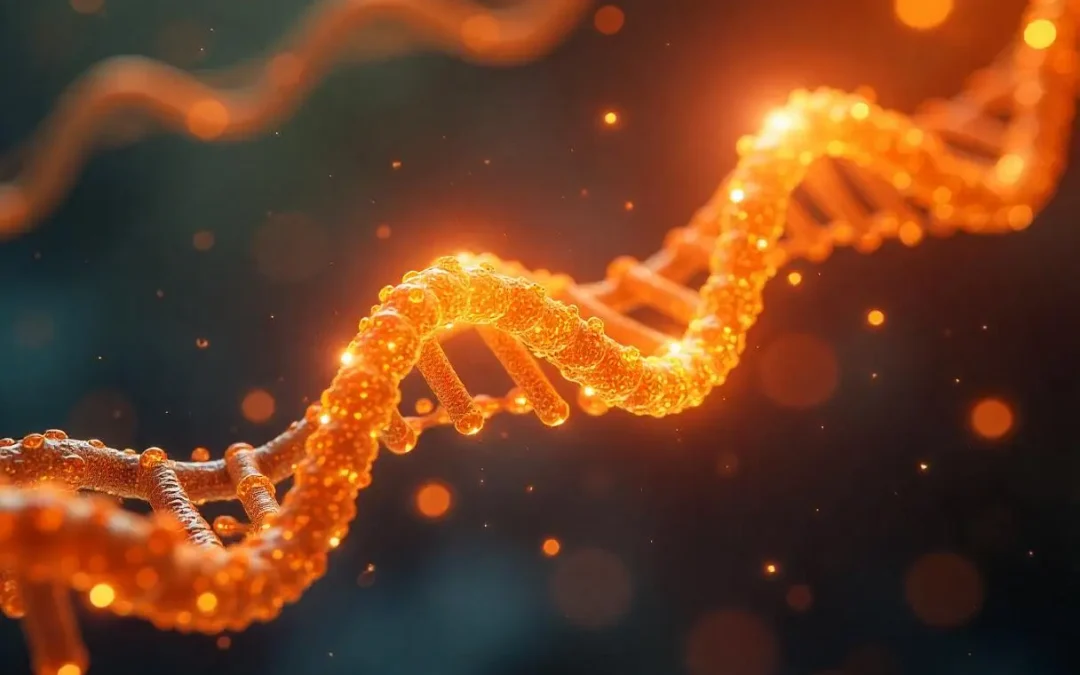In the ever-evolving world of healthcare, life technologies are at the forefront of transforming patient care and outcomes. These advancements encompass a diverse range of tools and techniques that enhance the understanding, diagnosis, and treatment of diseases. This article will delve into various aspects of life technologies, their applications, and the profound impact they have on the medical field.
What Are Life Technologies?
Life technologies refer to a broad spectrum of innovative tools, techniques, and technologies that are utilized in the healthcare sector. This includes advancements in biomedical engineering, molecular biology, and information technology that aim to improve human health and prolong life.
Key Areas of Life Technologies
- Diagnostics : Technologies that help in early detection of diseases through advanced imaging and genetic testing.
- Therapeutics : Innovations in drug development and treatment modalities that target diseases more effectively.
- Health Monitoring : Wearable devices and applications that track health metrics and promote preventive care.
The Impact of Life Technologies on Healthcare
Enhanced Diagnostics
Advancements in diagnostic technologies have revolutionized the way diseases are identified and managed.
Key Developments in Diagnostics:
- Genetic Testing : Tools like CRISPR and whole genome sequencing allow for early detection of genetic disorders and personalizes treatment plans based on individual genetic profiles.
- Imaging Technologies : MRI, CT scans, and PET scans provide detailed insights into the human body, facilitating accurate diagnoses.
Improved Therapeutics
Life technologies also play a pivotal role in the development of new therapeutic options.
Breakthroughs in Therapeutics:
- Targeted Therapies : Treatments tailored to specific genetic mutations, improving effectiveness and reducing side effects.
- Gene Therapy : Approaches that involve modifying genes to treat or prevent diseases, such as certain types of cancer and genetic disorders.
Health Monitoring and Management
With the rise of digital health, monitoring patients’ health has become more efficient and accessible.
Innovations in Health Monitoring:
- Wearable Devices : Smartwatches and fitness trackers that monitor heart rate, activity levels, and sleep patterns, offering insights into overall health.
- Telehealth Services : Remote consultations and monitoring facilitated by technology, allowing for timely interventions and follow-ups.
The Role of E-E-A-T in Life Technologies
Expertise
The field of life technologies draws upon the expertise of professionals from various disciplines, including healthcare, engineering, and data science, ensuring that innovations are developed based on solid scientific principles.
Authoritativeness
LT have gained authority through rigorous testing and validation. Regulatory bodies like the FDA ensure that new technologies meet high safety and efficacy standards before they are introduced to the market.
Trustworthiness
Building trust among patients and healthcare providers is paramount. The consistent delivery of reliable, validated technologies fosters confidence in their use and benefits.
Future Directions for Life Technologies
As technology continues to advance, the future of life technologies looks promising.
Anticipated Trends:
- Artificial Intelligence : AI will play a crucial role in predictive analytics, enabling personalized medicine and enhancing diagnostic accuracy.
- Wearable Technology : Increased integration of IoT with health monitoring, leading to real-time data analysis and improved patient engagement.
Challenges to Overcome:
- Data Security : Ensuring patient data privacy and security with the increasing reliance on digital health technologies.
- Access and Equity : Addressing disparities in access to life technologies across different demographics and regions.
Case Studies in Life Technologies
Case Study 1: Genetic Testing
The rise of genetic testing has allowed for early intervention in diseases like breast cancer. Companies like 23andMe provide consumers with insights into their genetic predispositions, enabling proactive health decisions.
Case Study 2: Telemedicine
During the COVID-19 pandemic, telemedicine services surged, allowing for continued patient care while minimizing infection risks. Companies that offered these services adapted quickly, showcasing the adaptability of life technologies.
Conclusion
Life technologies symbolize the convergence of innovation and healthcare, embodying the potential to enhance diagnostic capabilities and improve treatment options. As we embrace these advancements, it is crucial to consider the ethical implications and strive for equitable access to ensure that everyone benefits from these life-altering technologies.
Call to Action
What are your thoughts on the impact of life technologies on healthcare? Share your insights in the comments below, and explore further articles on health innovations on our site!


